By Dan Darabaris
How competitive is your company’s paid leave? Do you have the right package to attract and keep the best workers? Paid time off can make a difference in recruiting and retaining top talent. Whether you offer it, and the length of it, can impact whether a candidate not only accepts a job offer, but if they even apply for the position in the first place, as well as if your workers stay with the organization for the long haul.
As an HR benefits specialist, I recommend to my clients that they assess the types of paid leave their competitors are offering, as well as ask employees the paid time off policies they would like to see implemented. This two-fold approach not only helps you remain competitive, but also identifies what matters most to your employees so you can build a happy workforce.
Below are the types of paid leave you should consider when creating, or modifying, your benefits packages.
Paid Leave Benefit Options
Vacation Time
This is probably the most popular paid time off benefit. It is up to you how you want to structure it. Typically, employees accrue vacation time based on hours worked or on a pay period basis, starting either immediately or after an introduction period.The amount of days off can increase with each year worked. Your employee handbook should include the rules around when and how employees accrue and can take vacation time, including notification periods.
Personal Days
There are times when workers need to take a day off for reasons other than vacation or being sick, such as a medical appointment, family emergency, moving, car issues, jury duty, etc. Personal days accommodate for these time off needs. They can also be used when a worker runs out of sick days.
Sick Days
This type of paid leave benefit is for when the worker or a family member they care for are ill. Depending upon where your business or employees are located, you may be required to offer this benefit. Rules vary per state and may also include reasons other than illness, such as school events and “Safe Leave”, for victims of harassment and abuse. It’s important to check each state in which you have employees to make sure you are compliant. As of September 30, 2023, the following states have paid sick time laws: Arizona, California, Colorado, Connecticut, Maryland, Massachusetts, Michigan, New Jersey, New Mexico, New York, Oregon, Rhode Island, Vermont, Washington, along with Washington D.C.. Many cities and counties have also passed their own paid sick time mandates.
Holidays
Most companies offer paid time off for specific holidays, especially Memorial Day, Thanksgiving and Christmas. I typically recommend that my clients offer paid time off for the federal holidays, which helps them remain competitive. You can also offer floating holidays, such as when a major holiday falls on a weekend, that workers can use any day during the year.
Bereavement
To help cope with the loss of a loved one or friend, you may want to consider offering paid time off for bereavement. The amount of time given can depend on the relationship to the deceased..
Family Leave
Depending upon where your employees are located, you may be required to offer protected paid family leave for birth, adoption, foster care placement, or, to care for a spouse/child/parent with a health condition. As of September 30, 2023, the following states mandate a form of paid family leave: California, Colorado, Connecticut, Delaware, Maryland, Massachusetts, New Jersey, New York, Oregon, Rhode Island, Washington, and Washington D.C. Some cities also have family leave requirements. These benefits are paid through a state fund that both the employee and employer contribute to, and therefore are paid directly from the state, not the employer.
Jury Duty
While workers get a stipend to be a juror, the amount is quite minimal – and not all jurisdictions pay. You may want to offer to pay your workers their regular wages while they are out for mandated jury duty. In fact, some states require you to do so.
Voting Time
To encourage voter participation, consider offering a few hours of paid time off on election days. Workers will appreciate being able to vote during less busy hours. Most states mandate that voting time is paid, usually up to two hours.
Community Service
Many workers, particularly younger ones, want to make a difference in their communities. Offering some paid time off to perform community service could be enticing.
Unlimited PTO
Some companies are combining sick, personal and vacation days into unlimited paid time off (PTO). If you are thinking about this system, it’s important to consider how you are going to manage it. It’s important to note that while combining sick leave with other forms of PTO is easier to manage, all time then must be in compliance with the state sick leave laws.
Whichever types of paid leave you decide to offer your workers, be sure to outline who receives them, along with the qualifications necessary for receiving and using them, in your employee handbook.
Monarch can provide an HR Compliance audit to make sure that all leave offerings are compliant on both the State and Federal levels.
 En Español
En Español















